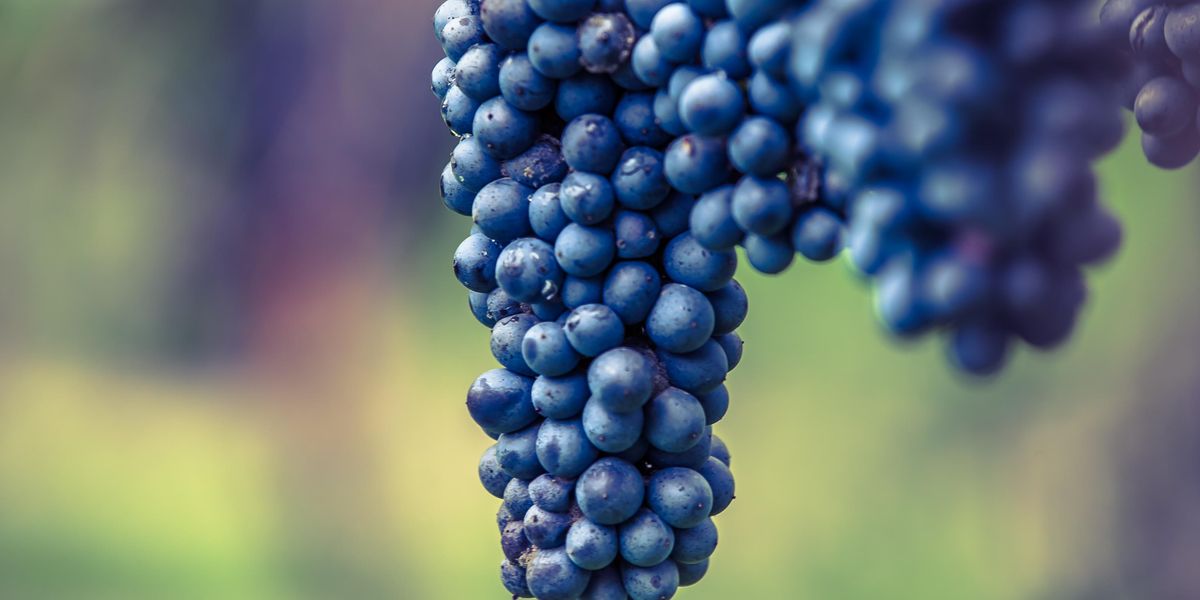
Lambrusco vine was known since ancient times, in fact, Romans called it "Lambrusca", which is a wild plant because it grew by climbing other plants. But the name Lambrusco, as it is known today, is probably due to the Latin poet Virgil who, in his Quinta Bucolica, mentions a "Lambrusca Vitis", a wild vine that produced fruits with a sour taste. The vocation of Emilia Romagna to the production of wine is also mentioned by Strabone in the third century AD, and Pliny the Elder, who was amazed by the blood-red color of the leaves of this vine before falling. An epochal moment for the history of Lambrusco was July 2, 1084, when near Sorbara (Modena) was fought one of the most famous battles in the history of Italy. On one side there was the pro papist army of Matilde di Canossa, on the other side there were the followers of emperor Henry IV of Franconia.
According to the legend, the troops besieging the castle indulged in abundant banquets because of the presence of good food and, above all, of the excellent Lambrusco wine which was deliberately made to fall into their hands by Matilde di Canossa's men.
Lambrusco refers to a large family of grapes, the most famous ones are Lambrusco Grasparossa, Lambrusco di Sorbara, Lambrusco Salamino, Lambrusco Marani and Lambrusco Maestri, each of them has found a different habitat, in hill or plain areas. The most famous Lambrusco comes from the areas of Modena (Grasparossa and Sorbara), Reggio Emilia and Parma, as well as Mantua.
According to its disciplinary, Lambrusco can be still (tranquillo), sparkling or spumante (spumante). Lambrusco can be both dry and sweet, they can be red or rose. The sparkling process is usually done with the Charmat method, even though there is someone who makes wine with the classic method. Generally speaking Lambrusco is a light and not very demanding wine, suited for any meal.
Tasting Notes
Lambrusco usually shows a beautiful ruby red color with intense violet hues, or pink from cherry to claret for Sorbara's rosé wines. Grasparossa is darker and thicker, as well as Marani, Lambrusco di Reggio and Mantova. As for color, Salamino is somewhere in between. In general terms, froth is fine, often rose colored in reds, evanescent in sparkling wines, more persistent in sparkling versions. Consistency is usually average, as it is a wine having a moderate quantity of alcohol and extracts.
Food Pairing
Thanks to its low alcohol content and its fresh and tasty flavor, Lambrusco is the ideal choice to be consumed in every moment of the day without the risk of feeling weighed down. Perfectly matched to the typical cold cuts of this region, starting from Parma's ones. A nice glass of sparkling red wine is just what you need for an appetizer based on Prosciutto di Parma, Culatello di Zibello and Salame di Felino. Then, if you want, you can add some flakes of Parmigiano Reggiano. For an aperitif, it is better to go from red to rosé. Also for the first courses, the Emilian tradition wins. You can match Lambrusco with all filled pasta dishes, including tortelli, anolini, agnolotti and cappelletti. But Lambrusco is the wine that goes wonderfully with cotechino, zampone, chicken, veal, maybe with a side dish of mostarda, lentils or stewed beans. The sweet varieties of Lambrusco are excellent with desserts. For cakes, it is better only with dry ones, such as Sbrisolona, a typical dessert from Mantua. Lambrusco also goes well with strawberries and, always at the end of a meal, with a few flakes of Parmigiano Reggiano and a touch of mostarda.







